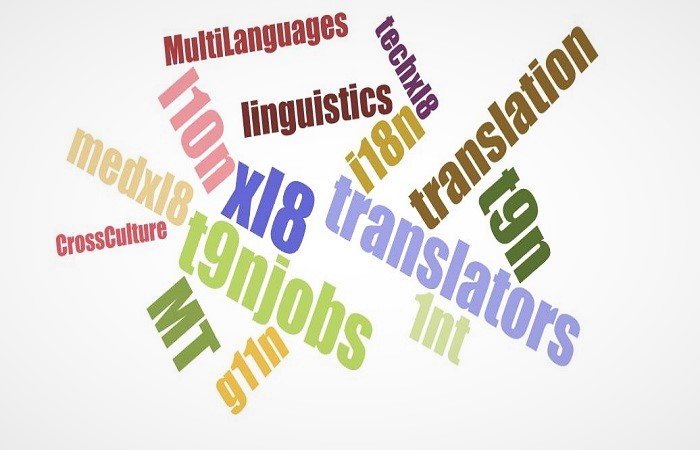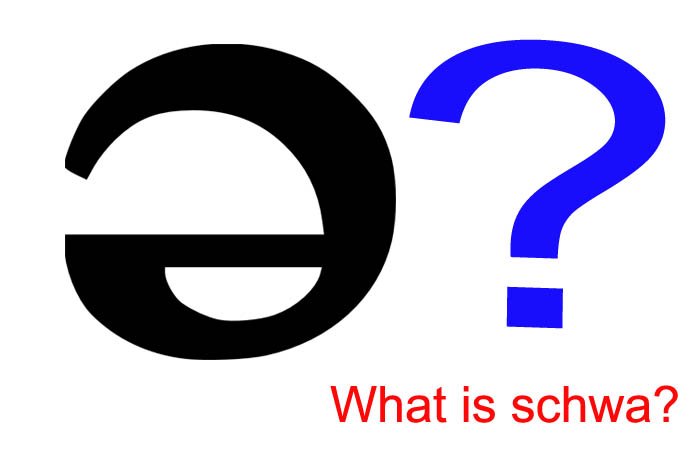Essential tools and apps for translators

When it comes to translating, having the right tools for the job can make all the difference. Whether you are a translator, a translation agency, or a freelancer these tools and apps will help you manage all your activities. PROJECT MANAGEMENT / ORGANIZING / SCHEDULING / COLLABORATING Rulingo English and Russian Paid version Cloud-based translation […]
How to proofread your own translation

A common belief is that translators can proofread their own texts due to their language and linguistic skills. However, this is often not the case as translators become ‘blind’ to their own mistakes. No matter how many times they read a text, they may not spot every error. Working with a translation agency will probably […]
Best Hashtags for the Translation Industry

Who knew that with the launch of Twitter would come such a change for one simple symbol that had already existed for decades? The hashtag. An integral part of the world of Twitter and other popular social networks. Here we look at the best ones for translators to use. First though, let’s a have a […]
Calendar of Translation Events – February 2017

4 WordstoDeeds. Words to Deeds 2017. Legal Translation to the Next Level. London, UK. 7 American Translators Association (ATA). Free ATA Continuing Education Webinar. Spreading Your Wings: Transitioning from Classroom to Career 9 Wordsmith Communication. Wordcon 2017. Calcutta, India. 13-15 Israel Translators Association (ITA). ITA 2017 Conference. Tel Aviv, Israel. 16-17 Joint National Committee for […]
The Schwa: A Native Speaker Feature

[vc_row][vc_column][vc_column_text c_id=”.vc_1479224444507″]The schwa sound is a revelation that comes to learners of English as they progress to higher levels. Considered as a ‘native speaker feature’, it helps both pronunciation and understanding by changing the stress of words and sentence. Often referred to as a reduced, weak or unstressed sound, the schwa doesn’t involve the lips […]
Is Being Bilingual Enough?

Parents of different nationalities who are raising their children to be bilingual are often met with comments that their children will grow up to be translators. This begs the question though of whether being bilingual is enough. Whilst a child may grow up to be able to speak two languages, if they have been immersed […]
Questions to ask clients during the translation process

Translation projects are important and a part of the overall creation of useful content for companies. There are many problems though that may surface during such a project. One of the most important issue faced by a translator is the right understanding of specific terms. Many translators believe that it may be unprofessional to ask […]
Calendar of translation events – August 2016

5-7 Translation Technology Summer School. Brasília, DF, Brazil. 4-6 Website Translation and Localization Course. Middlebury Institute of International Studies at Monterey. online/ Monterey, California, USA. 7-12 54th Annual Meeting of the association for Computational Linguistics (ACL2016). Berlin, Germany. 9-12 Computer-Assisted Translation Course. Middlebury Institute of International Studies at Monterey. Monterey, California, USA. 11-12 ACL 2016 […]
Top trends in the translation industry

[vc_row][vc_column][vc_column_text c_id=”.vc_1474653294123″]Looking back last year, 2015 was undoubtedly a period of prosperity for the translation industry and if facts are to be believed, the amount of business in this sector has recorded a growth of around 6.5 percent this year. In recent years, demand for translation industries has seen an upward trend. This is mainly […]
Hispanics in the United States – Stats and Facts

[vc_row][vc_column][vc_column_text c_id=”.vc_1474379335678″]56.6 million According to U.S Census Bureau, on July 1 2015, Hispanics constituted 17.6 percent of the US nation’s total population, making people of Hispanic origin the nation´s largest ethnic or race minority. The Hispanic population grew by 2.2% percent, rising 1.2 million between July 1 2014 and July 1 2015. This increase accounts […]



